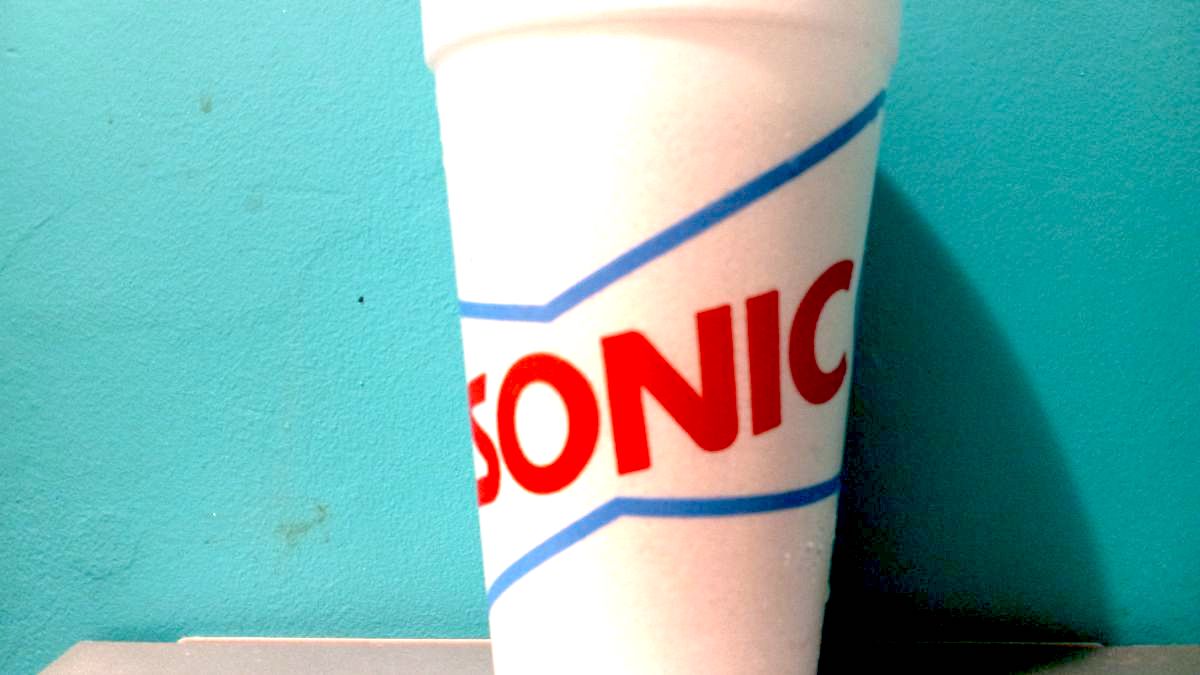Have you wondered if there are options for more sustainable fishing tackle? During various clean-up efforts, I’ve pulled plenty of cans, bottles, and hurricane debris from the seafloor and patch reefs, but I’ve also found leftover fishing that can be detrimental to marine life.

Braided lines are often used for crab traps and pots that are made from polyethylene, polyester, and nylon, while monofilament or fluorocarbon fishing lines are used for reels. The problem is that plastic-based fishing lines can take up to 600 years to break down (and in some cases even longer).
So what’s currently being done to address this type of ocean, river, and lake pollution? Does sustainable fishing tackle exist, and what other steps are being taken to develop eco-friendly fishing gear? How can recreational fishing become more sustainable?
Sustainable Fishing Tackle: Biodegradable Line
Let’s hop in our time machines back to 2008–2010 when Bioline biodegradable fishing line created a buzz in the industry. The company sounded like the holy grail of sustainable fishing line: it was claimed to be able to biodegrade in under five years (in proper conditions), it was invisible (sort of), had knot strength, was UV resistant, had a shelf life of five years (10 to 12 months after it was spooled on a reel), and was selling for under 10 bucks.
Made of some form of biopolymer (I could deep dive into this, but let’s continue), it wasn’t perfect, but it was a massive step in the right direction and in hindsight, maybe ahead of its time. Then Eagle Claw bought it, and a few years later the product was no longer being made.
The Reel Deel fishing website reported that Field Mate, a biodegradable line by Toray, the chemistry-based company rooted in Japan, was also briefly produced but saw a similar fate as Bioline.
The conspiratorial side of me wondered if this was a “who killed the electric car” kind of situation, or if there was a lack of consumer demand (or another reason). Either way, that was a decade ago. Surely there would be plenty of other options by now.
Biodegradable Line Currently on the Market
There appears to be only one (that I found): Tuf Line Biodegradable Fishing Line is a monofilament line that can (supposedly) biodegrade within seven years (in use), with a five-year unopened shelf life (use it or lose it).

Tuf Line is available in several sizes and strengths, but I’ll have to do a little more research on the materials. Stay tuned.
Sustainable Fishing Tackle: Eco-Friendly Fishing Lures
Although sustainable fishing line is difficult to find, there’s a little more traction with lower-impact fishing lures, so let’s take a look at those:
Biodegradable Fishing Lures
Jenko announced it was unveiling a hemp bioplastic edition of its Groovy Glide fishing lure in 2021, but I can’t find it online for purchase yet. However, Bea’s Bait Shack in Punta Gorda (that’s been selling fishing bait since 1952) has a full line of hemp fishing lures which the company calls the Doo-Bs (get it?), that are poured from Hemp PLA100. The “blunts” lures are even flavor-infused with fish oils to attract more fish (I’ll investigate the biodegradability claims further in another post).
The Colorado-based, Biobait, is another company trying to find solutions to traditional lures and has a water-soluble line of lures. They claim the lures are biodegradable within a year, but there’s no clarity on what type of material is actually used.
Then there’s this company, the Ecoluremaker, that has kits to make-your-own biodegradable fishing lures, made of rubber that they say is biodegradable (which is a very loose definition). The jury is still out as to whether they’re greenwashing or not (I’ll take a closer look at them in an update post).
Lures Made of Recycled Materials
The next best thing to biodegradable lures (assuming they actually biodegrade in the ocean) is lures made of recycled plastics. Alternative Fishing Lures is based in Jacksonville, Florida, and has a pretty impressive array of soft and hard fishing lures (ranging from hard ocean drifters to slinky worms) made from plastics that have been recycled from ghost nets off of the seafloor.
According to the website, they lures are lead-free and the company very clearly claims that they’re made from 100 percent recycled plastics. I admit, I’m impressed.
Expect a follow up to this post soon with more details about these companies.
The Inspiration Behind This Post on Eco-Friendly Fishing Gear
In May 2022, a sperm whale was found stranded in the shallows offshore and brought to land on Stock Island, Fla., at the marina where I used to live, so this hit close to home. A necropsy was performed, and fishing line, net pieces, and plastic bag-like materials were found inside of it. (Note the official cause of death has not been reported yet as of writing this). Since I spend more of my life on the water than I do on land, I wanted to take a closer look at what sustainable fishing tackle is currently out there.
Have you used any sustainable fishing line or lures?
What was your experience? Am I missing any other sustainable fishing products in this post?
Leave it in the comments 🙂
Disclaimer: For the record, I’m not against fishing and enjoy recreational fishing myself (although I’m not terribly good at it). In this post, I’m simply looking for ways we can work together to enjoy our hobbies more sustainably.
















